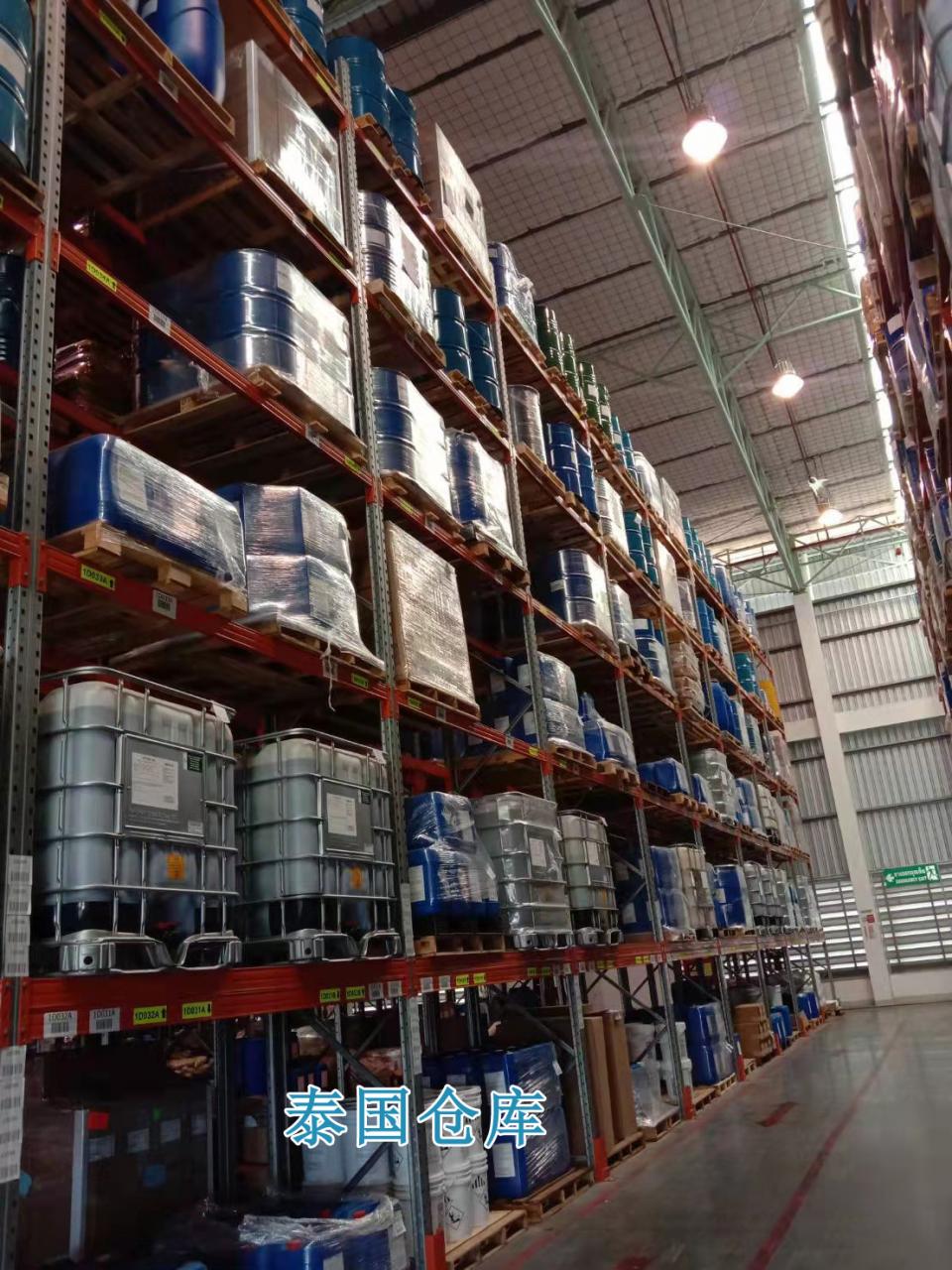The selection of hard foam stabilizer (hereinafter referred to as “silicone oil”) model and dosage definition are of great importance. It is directly related to the actual performance of the final foam product such as cell structure, shrinkage resistance, and thermal insulation.

【Experimental subject】
Routinely use hard foam silicone oil as reference material A to compare hard foam silicone oil B, C, D, E, etc. with unknown performance
【Test Equipment】
(Only the parts that are different from conventional tests are highlighted here)
1. Variable speed electric hand drill: about 300w, the speed can be adjusted by using the knob gear;
2. A disposable transparent plastic drinking cup of about 100ml size: It should be slightly harder to avoid deformation and difficulty in handling when stirring.

[Example of blank mother liquor preparation]
1. High moisture, low density handmade slow material
Polyether 4110: 100
Water: 1.8

Cyclohexylamine: 1.0~2.0 (depending on ambient temperature and material temperature control)
141B: 25
2. Low moisture, high density handmade slow material
Polyether 4110: 100
Water: 0.5
Cyclohexylamine: 1.0~2.0 (depending on ambient temperature and material temperature control)
141B: 7
The total amount of blank material preparation above is enlarged by n times according to the number of silicone oil types to be compared. Shake the whole mixture thoroughly and divide it into n equal parts.
【Foaming】
1. High moisture, low silicone oil, low density manual slow material
Add 0.5 parts of A, B, C, and D silicone oils to n equal parts of the blank material, shake well and let it stand to check its compatibility and transparency.
Adjust the speed of the variable-speed electric hand drill to the appropriate gear: ensure that the mixing speed is in the “medium-slow” state, and high-shear and fast-speed mixing is absolutely not allowed.
Within 20 minutes, foam each component with 0.5 parts of silicone oil at the same speed, the same ratio (about 12 grams of white material + 12 grams of black material), and the same mixing time
Reminder: Don’t break the mushroom head. After foaming and shaping, marks can only be made on the bottom of the cup for objective and fair comparison.
2. Low moisture, low silicone oil, high density manual slow material
The operation is the same as (1), about 20 grams of white material + 20 grams of black material
3. High moisture, high silicone oil, low density manual slow material
Increase the silicone oil content of each remaining white material in the test (I) to 1.0 parts in proportion, and then foam under the same conditions
4. Low moisture, high silicone oil, high density manual slow material
Increase the silicone oil content of each remaining white material in the test (ii) to 1.0 parts in proportion, and then foam under the same conditions
[Comparison and analysis]
Mix all the foams in Test 1 together and judge the apparent cell quality (cell density and uniformity) with the naked eye, and then look at the bottom to determine the ranking of these silicone oils;
Mix the foams in Test 3 together and judge with the naked eye the apparent quality of the cells (cell density and uniformity), and then look at the bottom to determine the ranking of these silicone oils;
Compare foams of the same silicone oil model with different dosages in the first and third experiments together to see if there is any significant improvement in cell density and uniformity as the dosage of silicone oil increases
The same applies between two and four
If necessary, you can use a sharp edge to cut the profile to compare the internal cells
[Special Instructions]
Usually, silicone oil with good cells under slow stirring also has superior foam performance under high shear stirring. In particular, the combined material is resistant to “abnormal fluctuations in process parameters during the injection molding production process” (such as power supply voltage fluctuations) , abnormal power frequency, slight blockage, abnormal material viscosity), the ability is better.